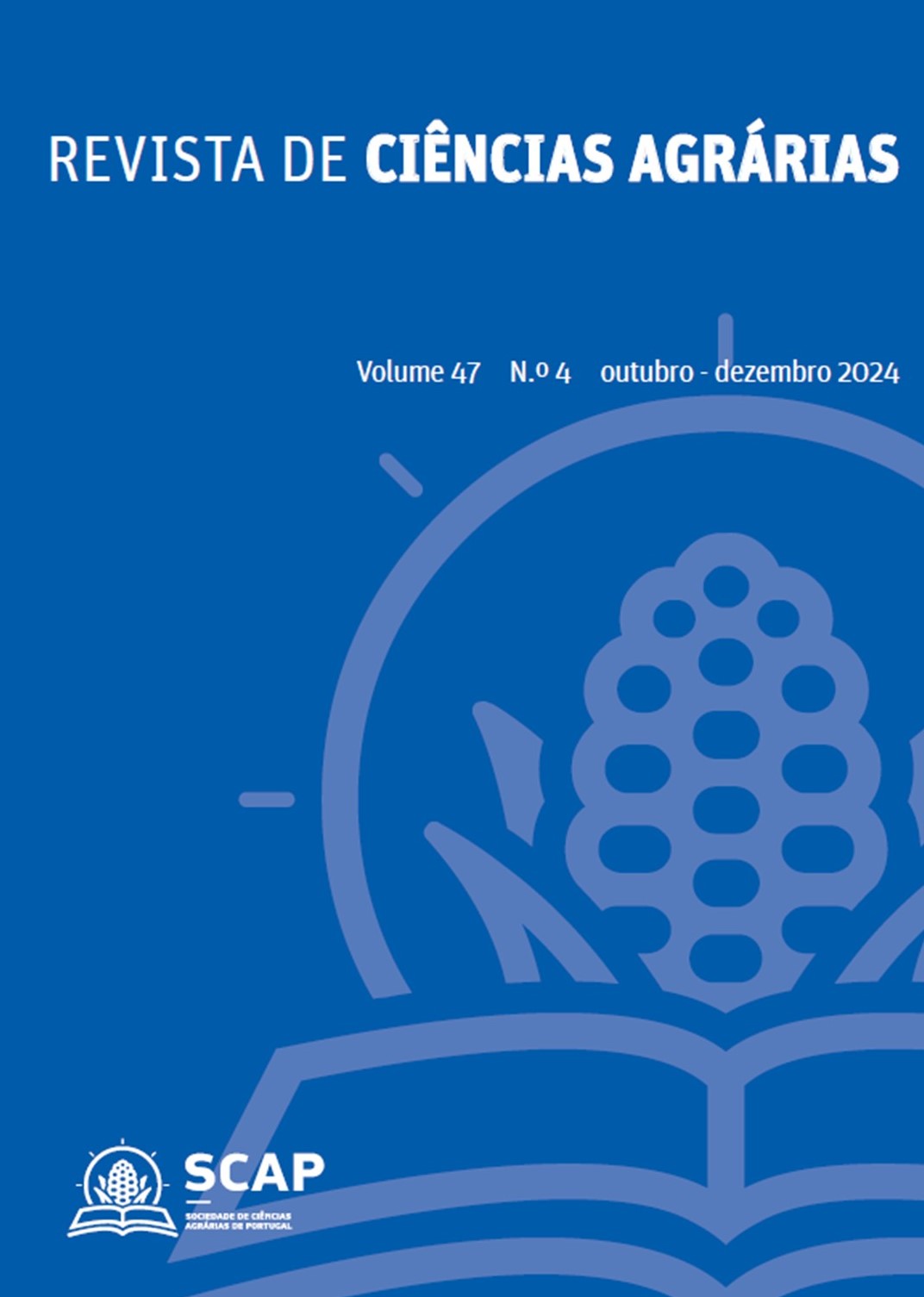Evaluation of compost application on soil organic carbon sequestration and physic-chemical properties in olive grove agroecosystems of NE Portugal
DOI:
https://doi.org/10.19084/rca.38551Abstract
Global carbon cycle and atmosphere pollution remediation depended directly on C terrestrial sequestration. In this context, soil organic carbon (SOC) plays an extremely important role, especially in agricultural areas. The present research aims to evaluate the outcomes from three types of compost (A, B, and C) to a Leptosol in a conservative olive grove and its relationship with soil physic-chemical properties. The study area has a 15% slope, and results showed no significant difference in SOC concentration in spatial distribution between different levels, with no soil loss due to erosion. Analytical results presented a directed correlation (r2=0.73) between pHH2O and K, directly influencing nutrient mobility. In addition, SOC had a 0.77 correlation with cation exchange capacity. Still, results showed ΔpH (KCl to H2O) of 0.98, 1.15 and 0.71, respectively for treatments A, B and C, showing it originates exclusively from the variation in C quality of each of the composts and not from the mineral fraction of the soil. In general terms, there is a direct cause-effect relationship between the application of compost and analytical results, regardless the dose applied and the type of compost.


